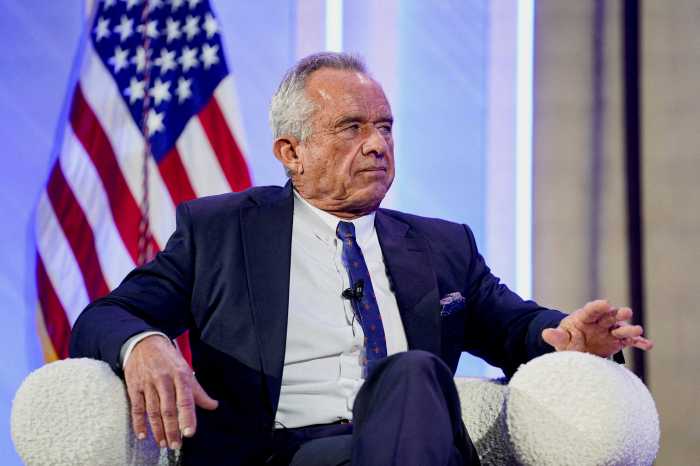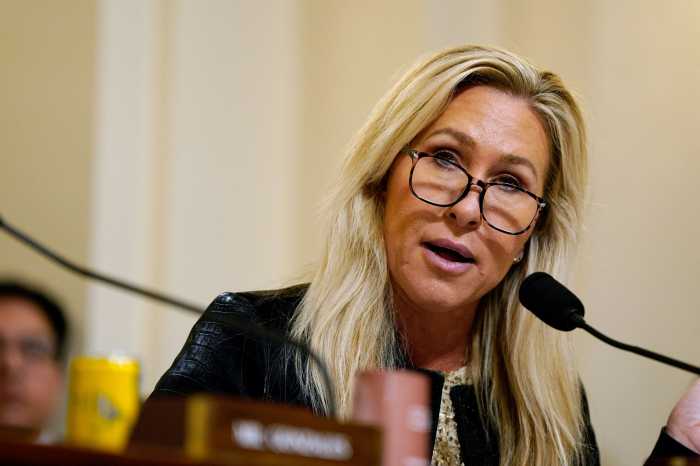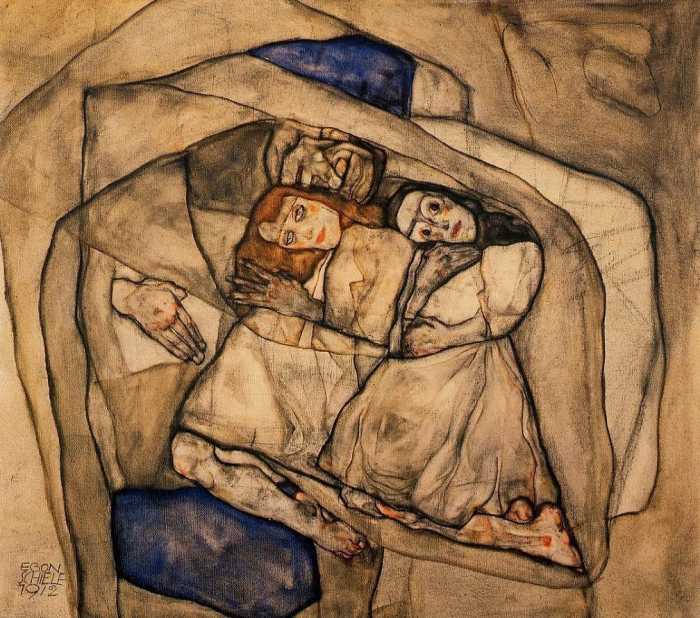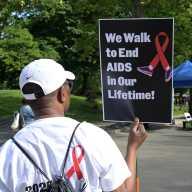Three years after mpox overwhelmed New York City’s LGBTQ community, the virus has not rebounded to the same degree, but the five boroughs nonetheless continue to see hundreds of cases per year and there was a slight uptick in cases as spring turned to summer this year.
The city witnessed fewer than a dozen monthly cases of mpox throughout the first quarter of this year — there were just two in the entire month of March — but cases slightly crept up beginning in April, with 14. Cases more than doubled from there, with 34 in May and 33 in June. The city’s July numbers are not finalized. Last year, the city reported 292 cases of mpox, which is spread mostly by sexual contact among men who have sex with men in the United States.
The numbers are a far cry from the summertime outbreak of 2022, which saw nearly 100 cases per day at its peak. Cases dropped to 50 per day by mid-August of that year and just a handful per day by the fall. According to the New York City Department of Health and Mental Hygiene, there were a whopping 3,821 cases between May and December of 2022.
In May of last year, city health officials issued a health advisory warning doctors about a “substantial increase” in cases from October of 2023 to April of 2024, with 73% of those cases being among individuals who were not vaccinated or only received one dose of the two-dose vaccine regimen.
A spokesperson for the New York City Department of Health and Mental Hygiene told Gay City News on Aug. 1 that this year’s “increase in cases follows a seasonal trend we have seen in previous years with cases increasing during the spring and summer months.” Last year, New York City saw 36 cases in June, 33 cases in July, and 41 cases in August.
“The Health Department continues to monitor mpox spread around the city, including through continued contact tracing activities,” the spokesperson added. “Cases continue to be spread mainly through sexual contact among networks of gay men and other men who have sex with men and transgender people.”
City health officials encourage individuals with new or unexpected rashes or sores to contact their doctor immediately. Those who have been exposed or may be at risk are encouraged to receive the two-dose vaccine. While the vaccine was previously completely free, it entered the commercial market last year, creating a murkier landscape for individuals seeking shots.
Individuals seeking the vaccine can use the NYC Health Map website, which shows where vaccines are located and how to get in touch with the providers offering the shots. The site allows users to filter for no-cost vaccines for uninsured individuals in addition to options for sliding scale payment and private insurance. As of Aug. 1, the site listed 13 locations offering the mpox vaccine — including options in every borough.



































